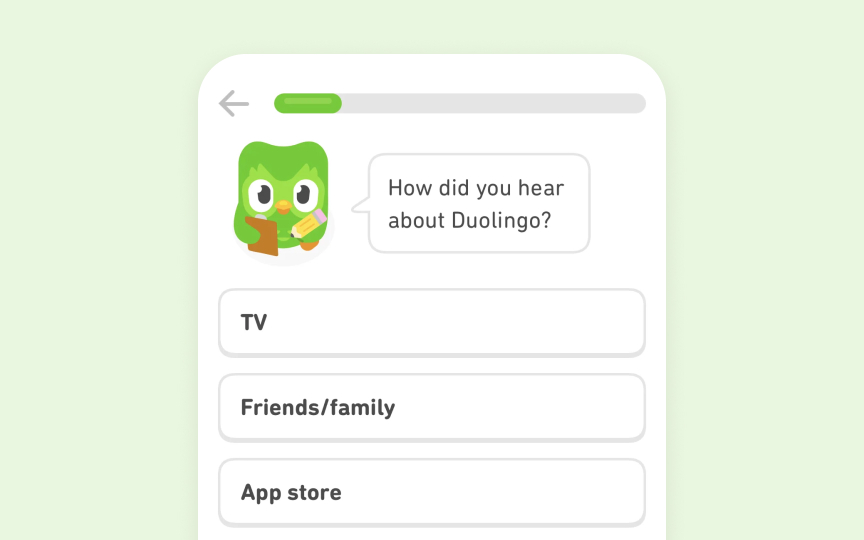User surveys
Surveys are a powerful tool for collecting structured feedback from large groups of users. Effective surveys balance quantitative data (numbers and metrics) with qualitative insights (opinions and explanations). This provides both the "what" and the "why" behind user behavior.
To create an effective survey:
- Define clear objectives: Determine exactly what you need to learn and how the data will inform product decisions.
- Keep it focused: Limit your survey to 5-10 questions that directly address your objectives. Long surveys lead to abandonment and poor-quality responses.
- Mix question types: Include both closed-ended questions (multiple choice, rating scales) and open-ended questions (free text responses). This provides structured data alongside deeper insights.
- Use neutral language: Avoid leading questions that push respondents toward particular answers. For example, "How would you rate this feature?" is less biased than "How much did you enjoy this amazing feature?"
- Test before launching: Have colleagues review your survey to catch confusing questions or technical issues.
Distribution channels matter as much as the questions themselves. Consider distributing through:
- In-app prompts
- Email campaigns
- Social media
- User communities
- Customer support follow-ups
Pro Tip: When analyzing survey results, look for disconnects between quantitative ratings and qualitative responses. If users give high satisfaction ratings but their comments reveal frustrations, dig deeper to understand the contradiction.

